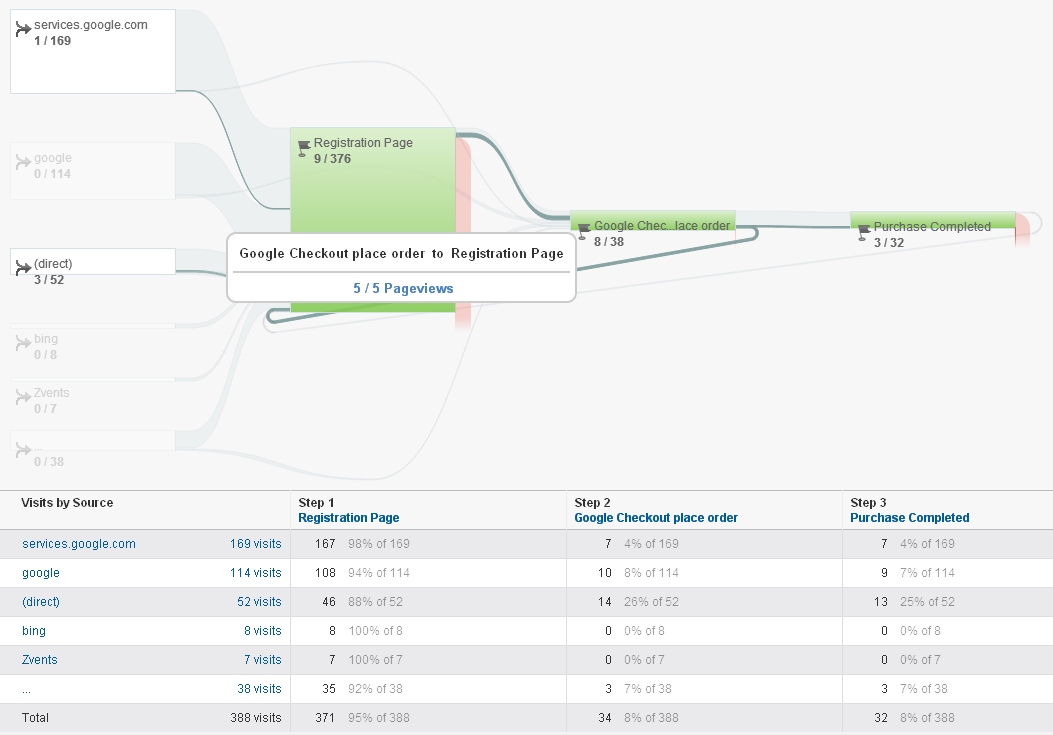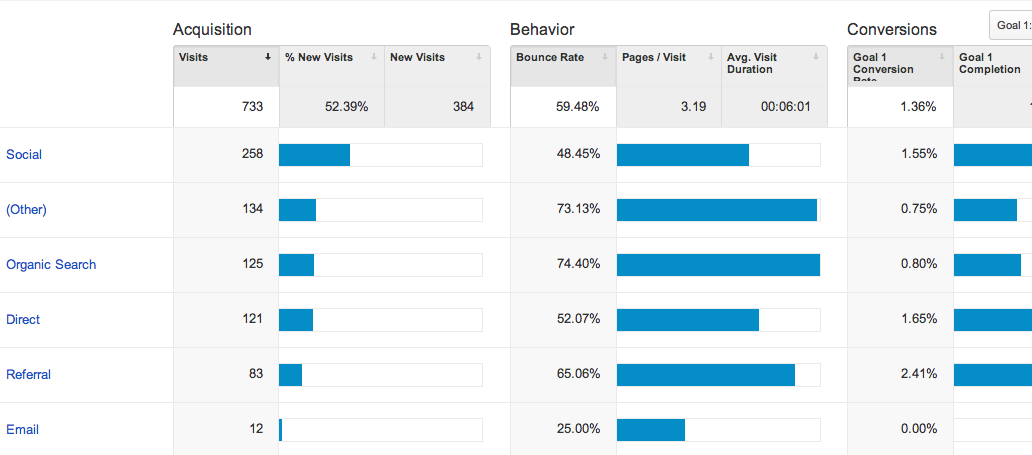What Data Is Google Analytics Goals Unable to Track: A Complete Overview
What Data Is Google Analytics Goals Unable to Track: A Complete Overview
Blog Article
Discover the Limitations of Google Analytics Goals: Revealing the Data Types That Remain Untrackable
As services significantly depend on data-driven decision-making, recognizing the restrictions of tools like Google Analytics becomes extremely important. While Google Analytics Goals offer useful understandings into individual communications, there exist information kinds that thwart monitoring, posturing difficulties to an extensive understanding of customer behavior. These untrackable data kinds raise concerns concerning the accuracy and efficiency of the analytics data that companies greatly depend upon for their electronic approaches. Curious to uncover the covert blind places in your information analysis process?
Insufficient User Journey Tracking
Incomplete user journey tracking within Google Analytics can prevent the capacity to properly analyze individual habits. When the individual trip is not completely tracked, there are spaces in the data that protect against an extensive understanding of exactly how customers connect with an internet site. This absence of understanding can result in missed opportunities for optimization and enhancements to the individual experience.
One common concern with incomplete user trip monitoring is the failure to see the complete path that users take before finishing a goal or leaving the website. Without this details, it is testing to recognize where individuals may be coming across challenges or friction factors that prevent them from transforming. Additionally, insufficient monitoring can obscure the influence of specific advertising initiatives or site modifications on individual actions.
To resolve this constraint, it is crucial to establish appropriate monitoring systems within Google Analytics to record the entire individual journey. This may involve establishing up occasion monitoring, goal funnels, or making use of tools like Google Tag Supervisor to make sure that no important communications go unrecorded. By acquiring a thorough view of the user journey, website owners can make more educated decisions to improve user interaction and drive conversions.
Attribution Challenges
Navigating via acknowledgment obstacles in Google Analytics requires a thorough understanding of how various touchpoints add to the overall conversion process. Attribution obstacles emerge from the complexity of contemporary customer trips, where users interact with numerous networks before converting. Google Analytics offers different attribution versions like initial touch, last touch, and straight, each offering a various viewpoint on just how credit history is appointed to touchpoints along the conversion path. Nevertheless, these designs may not constantly precisely mirror real influence of each touchpoint on the conversion.
One usual acknowledgment obstacle is the trouble in attributing conversions to the right source, especially in situations where users communicate with numerous channels before converting. In addition, cross-device monitoring poses one more acknowledgment difficulty, as users typically switch over between devices during their trip, making it testing to track their communications flawlessly.
Offline Conversions
Given the obstacles connected with connecting conversions precisely in online networks, the dimension of offline conversions offers a considerable opportunity for marketing experts looking for a much more thorough understanding of their consumers' journey. Offline conversions describe activities that customers take in the real world, such as making acquisitions in brick-and-mortar stores or over the phone, attending occasions, or engaging with printed products - what data is google analytics goals unable to track. These conversions Go Here are critical for services that run both online and offline, as they provide useful understandings right into the performance of advertising campaigns throughout numerous touchpoints
Tracking offline conversions generally postured a significant challenge for marketing professionals, as it was challenging to connect these actions back to details online sites communications properly. Nonetheless, with advancements in technology, such as the integration of CRM systems, one-of-a-kind identifiers, and promo code codes, services can now link the void in between online and offline information to obtain a more alternative sight of client behavior. By efficiently determining offline conversions, marketing professionals can optimize their methods, designate resources more successfully, and ultimately improve the overall customer experience.
Cross-Device Monitoring
Cross-device tracking plays a vital duty in understanding the interconnected nature of customers' electronic communications throughout multiple gadgets. In today's omnichannel globe, where customers seamlessly switch over between desktop computers, smartphones, and tablet computers, tracking their habits across these gadgets is vital for online marketers to acquire a detailed view of their client journey.

In addition, privacy concerns and laws such as GDPR and CCPA have further complex cross-device tracking. With users requiring more control over their data and increased constraints on tracking modern technologies, marketing professionals should discover privacy-compliant and cutting-edge ways to link individual communications throughout devices.
Dynamic Material Interaction
Recognizing customer involvement with vibrant material is crucial in optimizing digital advertising strategies for improved audience interaction. Dynamic web content refers to internet site aspects that change based on individual actions, choices, or other factors, using a customized experience. Tracking user communications pop over to this site with vibrant material postures challenges for typical analytics tools like Google Analytics.
While Google Analytics can track basic communications like clicks and page views, it might struggle to capture more nuanced involvements within vibrant material. what data is google analytics goals unable to track. Metrics such as time invested in particular vibrant aspects, float actions, or interactions within pop-ups are often not quickly quantifiable making use of conventional monitoring methods. This limitation impedes marketing professionals' ability to completely understand how customers are engaging with vibrant web content and tailor their strategies accordingly

Verdict
To conclude, Google Analytics objectives have limitations in tracking insufficient customer trips, attributing conversions accurately, capturing offline conversions, tracking cross-device interactions, and measuring dynamic web content involvement. These constraints highlight the significance of discovering extra tracking techniques and devices to get a much more thorough understanding of customer actions and conversions beyond what Google Analytics can supply.
While Google Analytics Goals offer important insights right into individual interactions, there exist data types that avoid tracking, positioning obstacles to an extensive understanding of individual habits.Incomplete customer trip tracking within Google Analytics can hinder the capability to accurately evaluate customer habits. When the user journey is not fully tracked, there are gaps in the information that avoid an extensive understanding of exactly how customers communicate with a site.One common concern with insufficient customer trip tracking is the failure to see the full course that customers take in the past completing a goal or leaving the site. By acquiring a thorough view of the customer trip, site owners can make even more educated decisions to enhance individual interaction and drive conversions.
Report this page